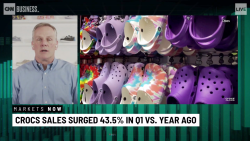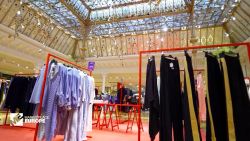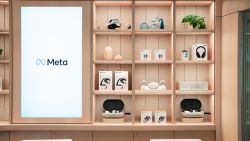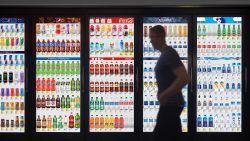Traditional retailers have a problem: Heading to the store isn’t as convenient as buying on a phone or computer. So top companies are trying to make their in-store experiences more like shopping online.
Nike, Macy’s, Sephora, American Eagle and others are adding augmented reality, interactive touch screens and other technology to their sales floors.
These retailers hope the new technology will draw younger shoppers and reduce the hassles of shopping in stores. They also have a financial incentive to push customers to buy in store, rather than online. Sales in stores are more profitable because retailers avoid paying shipping fees.
“There is now a complete blurring of the lines between online and offline,” said Neil Saunders, managing director at GlobalData Retail. Technology in stores “generally make things easier, simpler, more engaging or more fun,” he added.
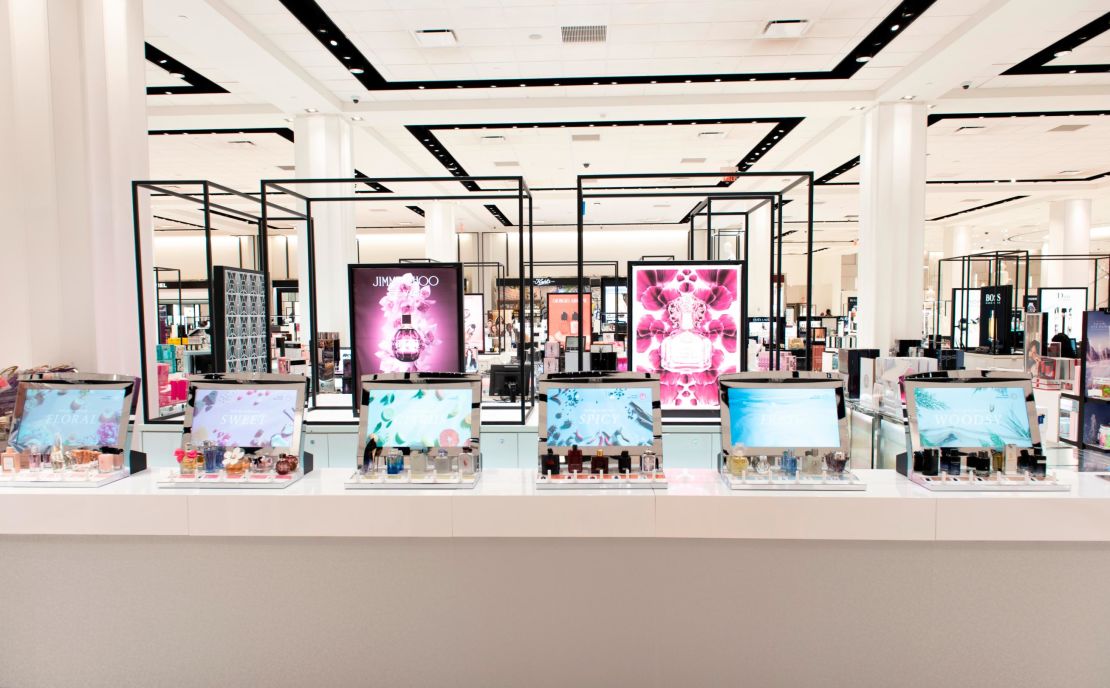
The days of retail clerks introducing customers to new products are long gone, experts note. Millennial and Gen Z customers’ changing shopping patterns make adding tech to stores an urgent priority for retailers.
Younger shoppers today are researching products and brands online and on their phones before they even set foot in a store. That has forced retailers to tailor new experiences to this increasingly tech-savvy audience, said Jamie Sabat, director of trends and consumer forecasting at Streetsense.
These types of technology aren’t gimmicks. In-store tech helps retailers engage customers and may spur impulse buys. “It’s not technology for the sake of technology. It’s actually useful,” she said.
Nike and Reformation
Nike (NKE) has designed its new 68,000 square-foot flagship in New York City to cater to members of its Nike (NKE)Plus mobile app.
NikePlus members can reserve items on their phones and ask to hold them for pickup in an in-store locker.
Instead of asking employees if products are available, Nike app members scan codes on sneakers and clothes, and the items are sent directly to a fitting room. And there are no cashiers. Customers scan items they want and pay at instant checkout stations located throughout the flagship.
“It’s a digital experience, brought to life in a physical space,” Nike CEO Mark Parker said earlier this year.
Clothing brand Reformation has a similar approach at its stores. Reformation displays only one of each item in its showrooms, and shoppers use tablets to request items they want to try on. Those items are then delivered straight to dressing rooms that have different lighting options, designed for customers to take selfies.
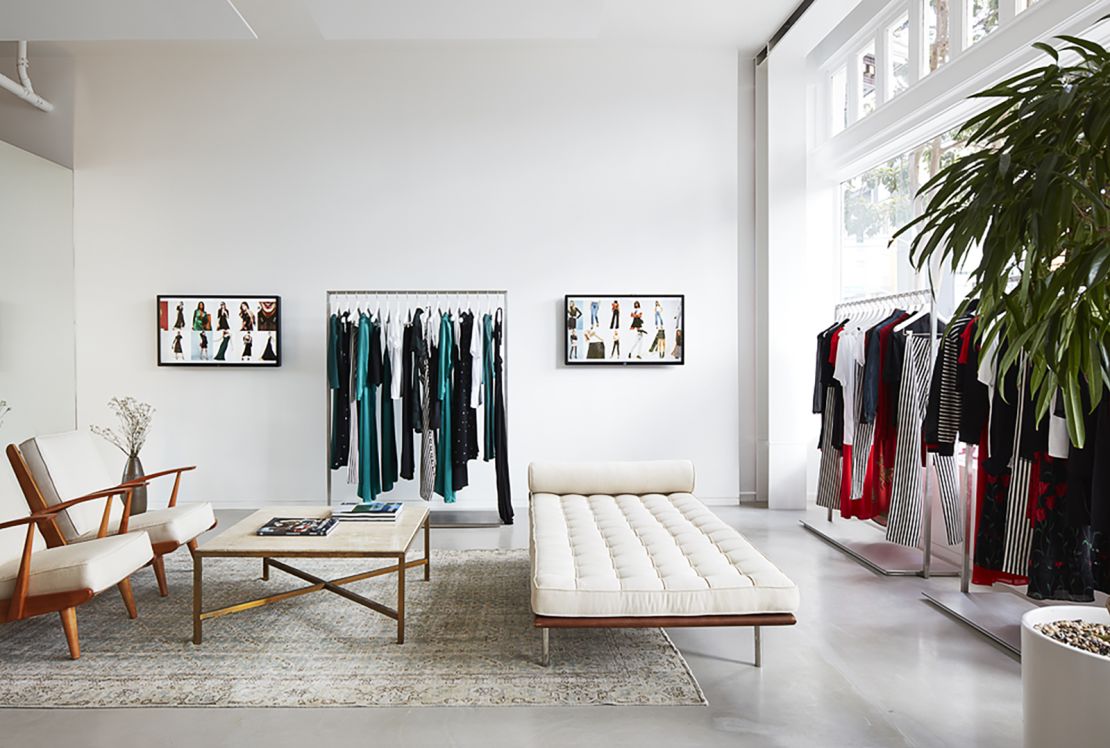
Other retailers focus on making stores less frustrating to shop, and giving customers more information about their products.
American Eagle (AEO) is testing interactive fitting rooms, where shoppers can request different sizes and styles, receive recommendations and view running purchase totals on a tablet in the room.
“We recognize the way our customers shop is constantly evolving,” said Dave Repp, chief technology officer at American Eagle.
Macy’s (M) has introduced digital fragrance counters. Customers pick up a perfume and a touch screen lights up with information about the scent and customer reviews. Similarly, Sephora is testing smart mirrors that let customers virtually try on makeup using augmented reality at tablets in stores.
Nata Dvir, general business manager of Macy’s beauty division, told CNN Business that Macy’s fragrance bar “engages both new and existing customers in a fresh way” and mirrors an online shopping experience.
Despite these additions, some analysts say retailers are not adding tech to their stores quickly enough to adapt.
A recent customer survey by retail consulting firm A.T. Kearney found that while 75% of consumers are aware of emerging retail tech, only 33% of shoppers have experienced any in stores.












